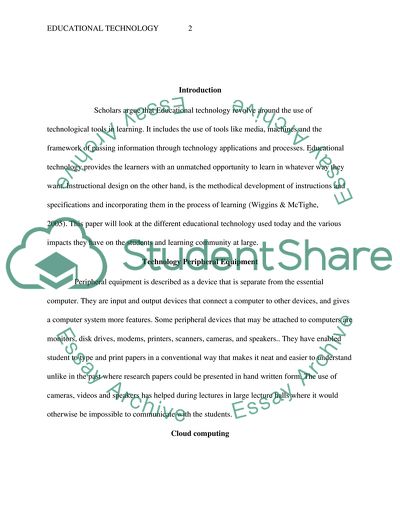Cite this document
(Cloud Computing in Education Report Example | Topics and Well Written Essays - 1750 words - 1, n.d.)
Cloud Computing in Education Report Example | Topics and Well Written Essays - 1750 words - 1. https://studentshare.org/education/1857053-technology
Cloud Computing in Education Report Example | Topics and Well Written Essays - 1750 words - 1. https://studentshare.org/education/1857053-technology
(Cloud Computing in Education Report Example | Topics and Well Written Essays - 1750 Words - 1)
Cloud Computing in Education Report Example | Topics and Well Written Essays - 1750 Words - 1. https://studentshare.org/education/1857053-technology.
Cloud Computing in Education Report Example | Topics and Well Written Essays - 1750 Words - 1. https://studentshare.org/education/1857053-technology.
“Cloud Computing in Education Report Example | Topics and Well Written Essays - 1750 Words - 1”. https://studentshare.org/education/1857053-technology.


